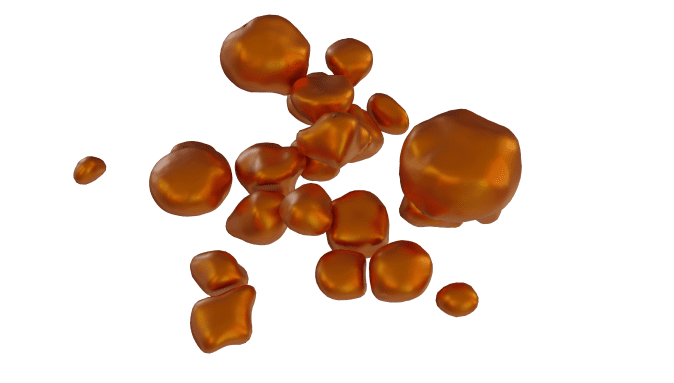Exscientia is now Recursion
Stay up to date at www.Recursion.com
Precision Experiment
Only with continual feedback between experiment and prediction can machine learning models be refined and deliver against complex therapeutic profiles.
To deliver experimental results in a robust manner, we have invested in over 47,000 square feet of cutting edge laboratory that house highly sensitive surface plasmon resonance (SPR), x-ray crystallography and transducerome techniques. Our laboratories co-locate with AI drug design teams to promote a strong interplay between these core disciplines.
Project Seeding
Our advanced biophysical and x-ray techniques provide the ideal experimental underpinnings for AI design.

GPCR Pharmacology
Transducerome and biophysical experiments allow us to optimise designs for this key target family.
Phenotypic Design
High content data allows us to develop the broadest range of machine learning models and AI design opportunities.
Biophysical Screening
Faster, richer and more sensitive than traditional high throughput screening techniques, SPR systems screen Exscientia fragment libraries to seed projects and provide a more direct route to drug-like molecules in early design cycles.
3D Structure
Where available, structure-based fragment screening will directly reveal which fragments occupy which pockets. Successful combination of 3D information with SPR binding kinetics provides an ideal data package to progress early stage projects.
Initiation & Progression
Once established, the same SPR and x-ray systems can provide rapid feedback to our Centaur Chemist® systems throughout subsequent design-make-test optimise cycles.
Transducerome
Our transducerome assay technologies investigate detailed G-protein coupling preferences with industry-beating assay sensitivity. This allows us to uncover precise mechanisms of disease biology and develop candidate molecules that decouple therapeutic effects from unwanted side effects.
SPR
We are uniquely able to fragment-screen native-state GPCR targets with biophysical techniques.
By retaining their full range of native conformations agonist, antagonist and inverse agonist forms can be explored equally.
Disease Targets
For under-studied GPCRs, we can use these technologies to uncover new pharmacology opportunities and develop first-in-class molecules. For well-studied targets, we can now tease apart complex G-protein responses in order to design improved medicines by minimising unwanted G-protein action.
High Content Data
Whether it be cell morphology or higher-level behavioural data, the conversion of high dimensionality readouts to Centaur Chemist® input is all that is required to implement phenotypic drug discovery.
Complex Endpoints
With phenotypic experiments in place, our Centaur Chemist® systems focus on optimising against phenotypic endpoints rather than conventional target-based profiles.
Patient Centric
Our functional precision oncology platform provides clinically relevant drug activity data, directly on live tissue samples from patients.
High Content Imaging
High content imaging reveals differences in cell behaviour, both within an individual tumour and between individuals.
